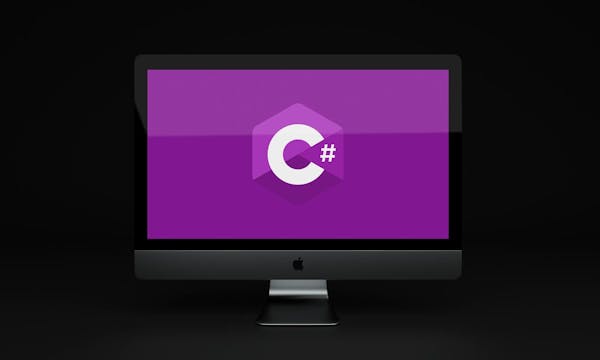

Our services
LAMP tech stack
The LAMP stack is a combination of four different software technologies that developers use to build websites and web applications. It is secure and cost-effective, and here we explain a bit more about what it is and its advantages.
What is LAMP
LAMP stands for Linux (operating system), Apache (web server), MySQL (relational database) and PHP (server-side programming language) and is a so-called technology stack. That is, a collection of technologies or components that build on each other and together create a high-performance application or server environment.
Many of today’s most popular open-source web applications run on LAMP, including Wikipedia, Facebook, WordPress and Slack.
The components needed for a stack include:
- Operating system (OS) - (Linux)
- Web server - (Apache)
- Database - (MySQL)
- Script interpreter - (PHP)

LAMP architecture
Linux OS: The LAMP architecture is built in layers with the server operating system Linux OS at the base. This forms the foundation.
Apache: Apache is server software that allows the application to deliver web content to clients. It runs on Linux and acts as an intermediary between the end user and the website's source code.
MySQL: MySQL enables data storage to be retrieved by web apps. There are other relational database management systems that can be used, but MySQL is the most common choice for a LAMP stack.
PHP: PHP is a server-side language that allows web applications to be written and run. PHP integrates directly with MySQL and helps create dynamic web pages.

Advantages and disadvantages of the LAMP tech stack
The LAMP stack consists of so-called open source applications. That means the programs are distributed with open source code. Anyone with the right skills can therefore download the code for free and modify it to suit their needs without paying any license fees or royalties. For a website, application or e-commerce, this means you can save development time since you can make use of ready-made code, while at the same time easily tailor solutions adapted to the end customer’s and the business’s needs. With open source, many developers also contribute, which often makes it quick to discover and fix bugs.
Although LAMP is not the best stack for every single project, it is an established standard. It is the most versatile, best-documented stack with the largest user base and the most stable track record.
Advantages in brief
+ Powerful, stable and simple
+ Flexible because you can tailor solutions to your needs
+ Open source can save development time
+ Well-established encryption methods and a secure architecture
Disadvantages
– Switching between coding in Python and PHP on the server side and using JavaScript on the client side can disrupt the development workflow.
Choosing the right database/tech stack for your application
There are many variants of LAMP. Some examples of alternatives are the WAMP stack, which uses Windows instead of Linux, or MAMP, which uses macOS instead of Linux. With Windows you can opt out of the Apache server and instead run IIS (WIMP). PHP can also be replaced by other languages such as Perl or Python.
People often also talk about MEAN in LAMP contexts. MEAN is built in JavaScript and stands for MongoDB, Express.js, Angular and Node.js. Because MEAN is newer than LAMP, it can be suitable for modern web applications and websites. It uses less memory than LAMP but it is not as ideal for large-scale apps and is harder for beginners to use. In addition, JavaScript often makes websites a bit slower.
So how do you choose the right database and tech stack? For example, if you're building an application that must be fast and available around the clock for users around the world, or only accessible in Sweden during specific times of day, different databases can work better or worse. Some are easier for developers to work with and others provide better performance for your particular use case.
If you get help from a web agency or digital agency to develop a website, e-commerce or application, you'll get help choosing the right database and tech stack for your specific needs.
Here are some things to find out when choosing the right database/tech stack:
- What is the scope of the project? Large-scale or smaller
- How much data do you expect to store?
- How important is security for your project?
- How many users do you expect to need to handle simultaneously at peak load?
- Do you have a budget to adhere to, and does it cover licenses and support agreements?
- What availability and scalability will be needed for the future?
- What does the geographic distribution of your users look like?
How Limetta works with LAMP
Our developers have solid expertise in both LAMP and many other tech stacks. We are experts in digital growth and help both large and small companies achieve success, whether it's an informational website, e-commerce or a web application. We tailor solutions to your needs and are our clients' digital partner all the way from start to finish.
Do you need help choosing a tech stack to develop your digital business? Don't hesitate to contact us and we'll be happy to help!

